From the balcony of his home in the countryside of Sweida, south of Syria, Ghassan Hamed puffs out smoke from his cigarette, and says with a regretful sigh, "A few decades ago, we used to see Rhim gazelles in the surrounding areas of the village, sometimes even approaching houses in search of food. No one used to bother them, until hunting swooped in on the area and began to murder these beautiful creatures, so they moved away from our villages and disappeared."
Ghassan, 75, explains that during his childhood and youth, he used to see these gazelles in many areas within the countryside of Sweida. His neighbors and those around him used to feel optimistic when they saw them. He says, "But today they have become a memory that we recall morosely when we see the painful images of the massacres committed against them circulating on social media."
The photos were posted by a number of people from the governorate via their Facebook pages, bragging about what they've "accomplished" in hunting and capturing large numbers of these gazelles. They've even gone as far as to boast about the various types of weapons and huge cars they used to help them move while in the middle of the desert, where the Rhim gazelle usually resides.
Hunters capture and kill the endangered Rhim gazelles either as food or for taxidermy
The Rhim gazelle is also known as “al-Daraqiyyah” (an Arabic term related to the thyroid gland) due to the swelling of the neck and throat of males during the mating season. They are a type of gazelle that is able to run very quickly, and is characterized by its graceful body, its beautiful color, and its ability to climb and maneuver. They also tolerate high temperatures and the scarcity of water.
Rhim gazelles usually live in sandy and gravel plains, as well as limestone plateaus. The most prominent places of their presence include the Arabian Peninsula, Russia, Pakistan, Afghanistan, Iran, Tibet, Mongolia, Iraq, the Caucasus, Turkey, southern Syria, and Jordan. It is critically endangered, according to the International Union for the Conservation of Nature (IUCN).
Hunted as food or for taxidermy
An environmental activist in Sweida who preferred not to be named, says that Rhim gazelles were previously present in large numbers in the governorate. This place is considered their home, as they have always been present on the outskirts of Sweida and in the border villages near the desert. In the seventies of the last century, they were present in the plains of the village of Era and the area of Tal al-Hadid.
"But following the entry of weapons and hunting to the region, their numbers began declining, and they settled in more remote areas. In the period after the year 2000, their presence in the eastern border villages became limited to only the outskirts of the Badiya (the Syrian Desert), and then they almost disappeared," he tells Raseef22.
The activist goes on to say that after certain incidents in the Badiya Sweida region began taking place between 2015 and 2019, which included security tensions and attacks by the Islamic State, these gazelles had an excellent opportunity to reproduce, due to the absence of hunters from the area. It is said that at some point there were even herds of the endangered gazelle that included hundreds, but this bliss did not last long, since once things settled down and the area stabilized, the hunters returned, committing massacres much more ruthless than before, as their photos and conversations reveal.
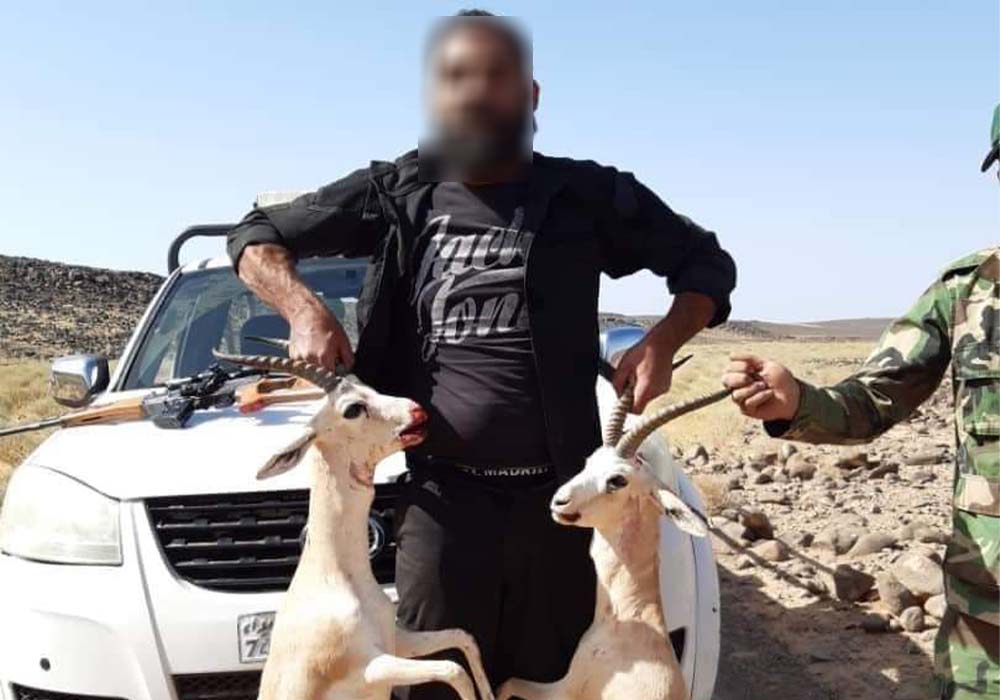
He adds that the hunting takes place in the eastern desert of Sweida governorate in the eastern Zulf region, and it is not possible to determine the number of gazelles affected by this, but it’s certainly in the hundreds. The activist then adds, "The hunters used to hunt in April in order to catch young gazelles after they're born. But this year they have shown no consideration nor any respect for the sanctity of hunting. They've violated the law issued by the Ministry of Agriculture regulating hunting, which prohibits the hunting of any wild animals aside from pigs. Some of them are even sleeping there to hunt and kill as many as they possibly can."
As for the uses of this gazelle, he explains that they are hunted for food, taxidermy, or for its skin. They also keep young gazelles alive to sell them, and sometimes one of the gazelles gets injured so they treat it before putting it up for sale.
"A few decades ago, we used to see Rhim gazelles in the village's surrounding areas, sometimes approaching houses in search of food. No one used to bother them, until hunters swooped in and began to murder these beautiful creatures, so they disappeared"
"A mass extermination"
Speaking to Raseef22, engineer Ahmad Aydak, who specializes in wildlife and biodiversity, explains that the Rhim gazelles (scientific name: Gazella subgutturosa marica), used to be present in the hundreds in Syria. They inhabited the Syrian Badiya desert in large herds until the end of the fifties of the last century, but unfortunately became extinct afterwards due to the greed of hunters.
In the face of this serious decline, according to Aydak, Syria attempted to restore the presence of this animal in its lands by transferring Rhim gazelles from the King Khalid Wildlife Center in Saudi Arabia in December 1996, into the Talila Reserve, 20 kilometers southeast of Palmyra (Tadmur). Within the same month, this reserve had also received the Arabian Oryx antelope from the Shaumari Wildlife Reserve in Jordan. The gazelles were then distributed among the environmental reservations in Syria under the supervision of the General Authority for the Management and Development of the Badiya, but they were not destined to live long. Most of them were killed during the war while some of them fled.
The Rhim gazelle is the only creature that benefited from the war, since security operations in the region contributed to its protection, and its numbers flourished
According to Aydak, the numbers of Rhim gazelles reached 400 gazelles in the Adami wildlife reserve southeast of Aleppo, 60 gazelles in the village of Marj al-Sultan in rural Damascus, 20 gazelles in the Tawwal al-Abba wildlife reserve in Raqqa, 20 gazelles in the Ghadariyat wildlife reserve in Homs governorate, and 330 in the Talila wildlife reserve. All of these figures date back to the country's pre-war period.
As for their presence in the Sweida Badiya desert, Aydak explains that there are small pockets where these animals have been present for a long time, and did not come from the Talila Reserve. He goes on to state that the Rhim is the only creature that has benefited from the war, as security operations in the region have contributed to its protection, and its numbers have flourished to reach hundreds in herds.
As for the current hunting taking place in Sweida, he describes it as a "mass extermination". The most prominent reasons behind it are the economic situation, as well as hunters bragging and competing in killing the largest number. In his opinion, the worst problem lies in the focus on the killing and selling of the youngest of these animals so openly. The price of a young gazelle reaches about three million Syrian pounds (about 600 US dollars according to the exchange rate in the unofficial market), while that of a large one is about one million pounds, which means that the situation in the Badiya desert of Sweida indicates that the numbers of these animals can reach the edge of extinction.
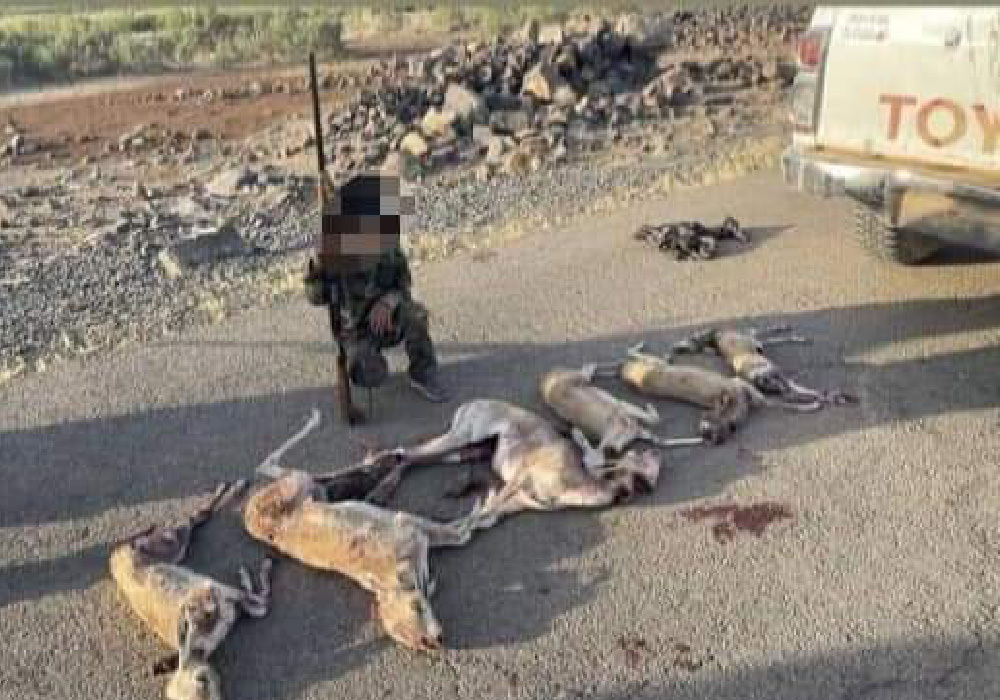
In order to protect this gazelle and other animals, the Syrian Minister of Agriculture issued a decision earlier this year, banning the hunting of game animals of all kinds for a period of one year, starting from February 27, 2022 to February 26, 2023. The decision allowed only the hunting of wild boars during the hunting season, but unfortunately the hunters did not abide by this decision, or any other one for that matter. Illegal hunting operations have continued to take place without any control.
The current hunting in Sweida is 'a mass extermination'. The most prominent reasons behind it are the economic situation, and hunters bragging and competing to kill the most. The worst problem lies in the killing and selling of the youngest of these animals openly
In Jordan and Iraq too
The Rhim gazelle is also under threat of extinction in Jordan. A scientific study on endangered species has concluded that Jordan has three globally threatened species, specifying them as "the Rhim gazelle, the Dorcas gazelle, and the Mountain gazelle" within the Red List of Critically Endangered Species prepared by the International Union for the Conservation of Nature.
Gazelles in Iraq also suffer from similar conditions. This year witnessed a significant decline in its numbers due to the lack of food and water despite being in reserves dedicated for this purpose.
It is an unfortunate reality that this gazelle is suffering from, as it is originally a native to the region, so much so that many of the cuneiform, Assyrian, and Akkadian inscriptions and writings in ancient Iraq refer to it. This graceful creature was also mentioned by the Nabataeans in their drawings and archeological ruins. It was considered one of the most important animals in their daily lives and diet, as its skin was used in making shoes, and they were also used to make milk and butter.
Raseef22 is a not for profit entity. Our focus is on quality journalism. Every contribution to the NasRaseef membership goes directly towards journalism production. We stand independent, not accepting corporate sponsorships, sponsored content or political funding.
Support our mission to keep Raseef22 available to all readers by clicking here!
Interested in writing with us? Check our pitch process here!
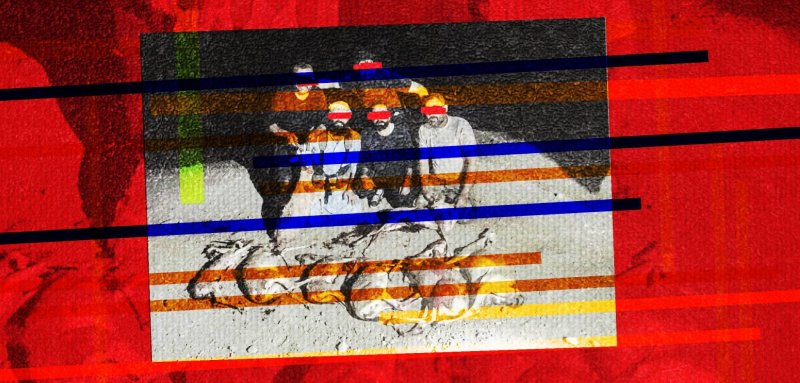
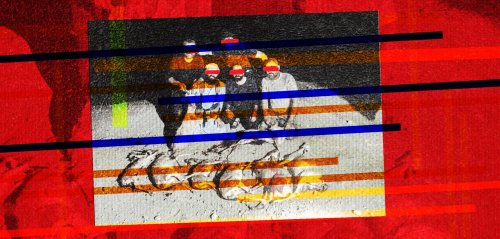

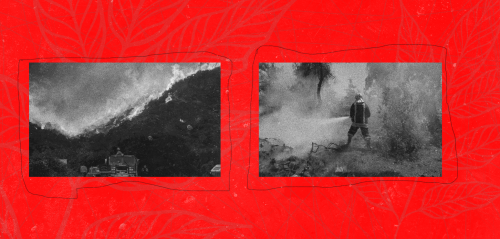
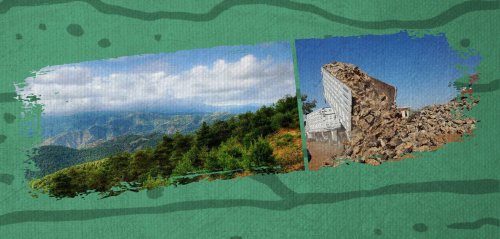





Join the Conversation
ذوالفقار عباس -
57 minutes agoا
Hossam Sami -
1 hour agoصعود "أحزاب اليمين" نتيجة طبيعية جداً لرفض البعض; وعددهم ليس بالقليل أبداً. لفكرة الإندماج بل...
Anonymous user -
1 day agoرائع و عظيم ..
جيسيكا ملو فالنتاين -
5 days agoزاوية الموضوع لطيفة وتستحق التفكير إلا أنك حجبت عن المرأة أدوارا مهمة تلعبها في العائلة والمجتمع...
Bosaina Sharba -
1 week agoحلو الAudio
شكرا لالكن
رومان حداد -
1 week agoالتحليل عميق، رغم بساطته، شفاف كروح وممتلء كعقل، سأشاهد الفيلم ولكن ما أخشاه أن يكون التحليل أعمق...